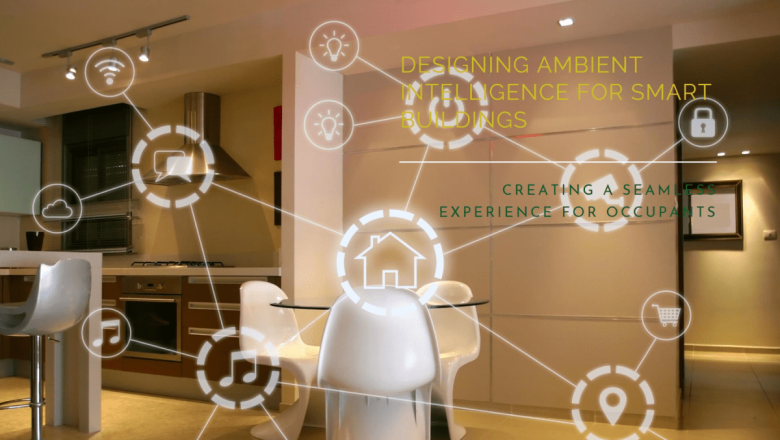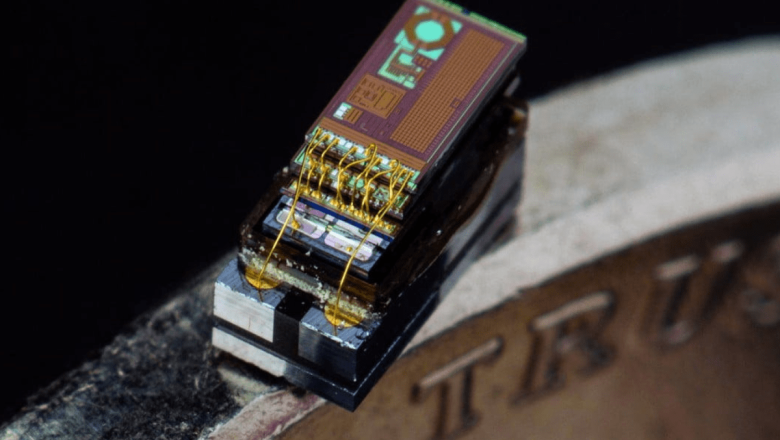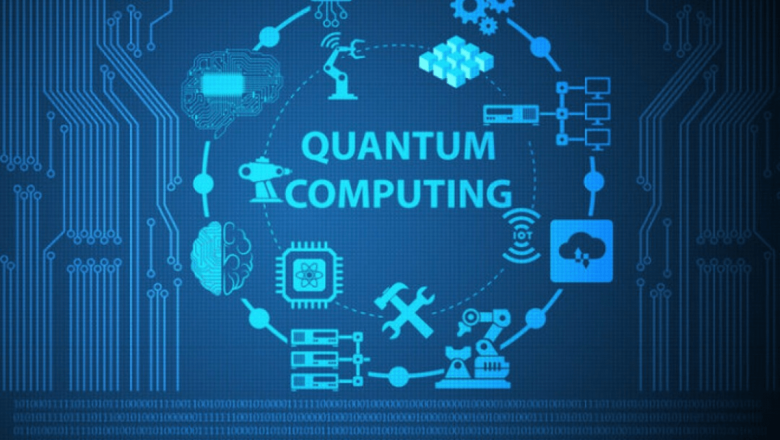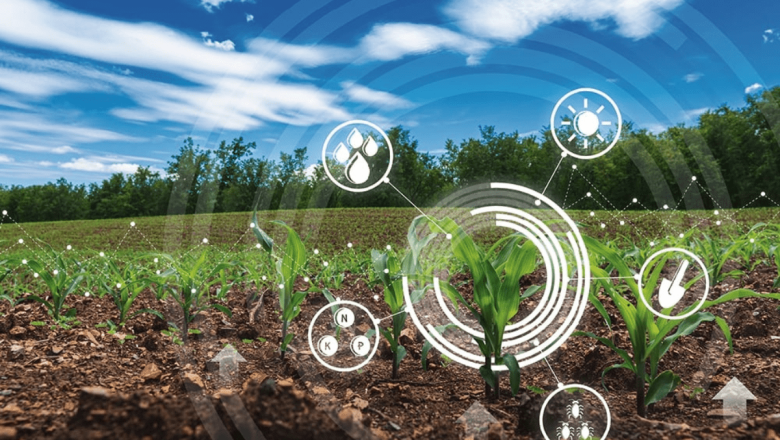
Neuromorphic Chips for Real-Time Processing
What Are Neuromorphic Chips?
Neuromorphic chips are processors modeled after the human brain’s neural structure. They use interconnected artificial neurons to process information in parallel, making them capable of learning and adapting on their own.
This brain-inspired approach allows them to handle complex data faster and with greater energy efficiency than traditional CPUs or GPUs.
Why Are They Important for Real-Time Processing?
In today’s digital world, speed and instant decision-making are crucial. Conventional processors often face delays because they rely on cloud communication and sequential data handling.
Neuromorphic chips solve this problem by processing information locally and instantly. This makes them ideal for real-time applications such...









